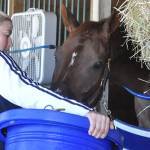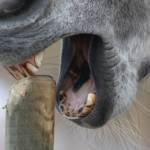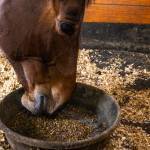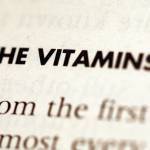Nutrition
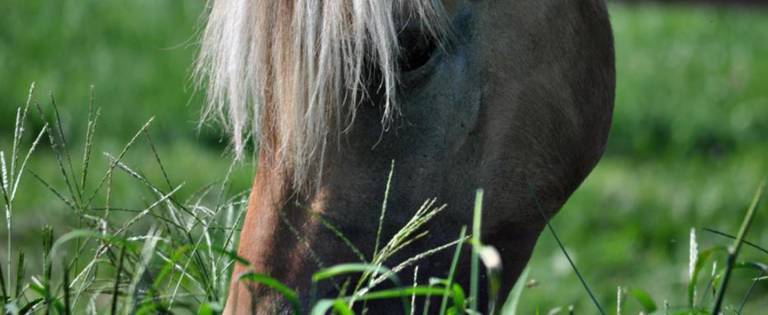
June 25, 2014
Differences Between Grasses and Legumes as Forage for Horses
As horses graze through a pasture, they are likely to encounter a mixture of grasses, legumes, and weeds. Grasses such
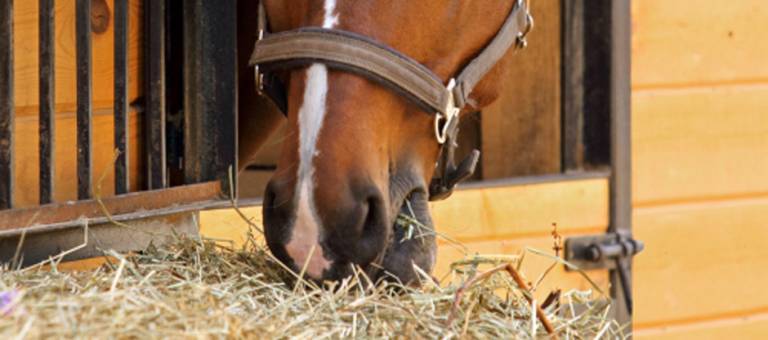
June 23, 2014
Effect of Meal Type and Size on Cecal pH in Horses
Cecal pH will be significantly lower at four, five, and six hours after feeding 13 lb (6 kg) of
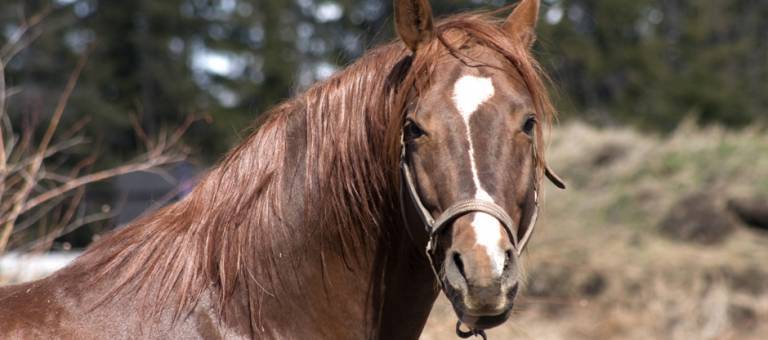
June 16, 2014
Selenium Deficiency or Toxicity in Horses
Signs of toxicity in the horse included hair loss from mane and tail, sloughing of hooves, joint erosion, and

June 12, 2014
Fuels for Energy Production During Equine Exercise
Carbohydrates and lipids are the major fuels used by the muscles of working horses during exercise.
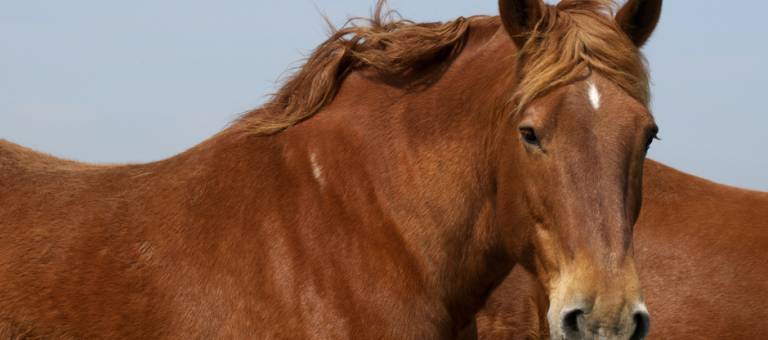
June 10, 2014
Why Is Obesity Bad for Your Horse?
For many horse owners, the easiest way to express their affection for their horses is by feeding them.
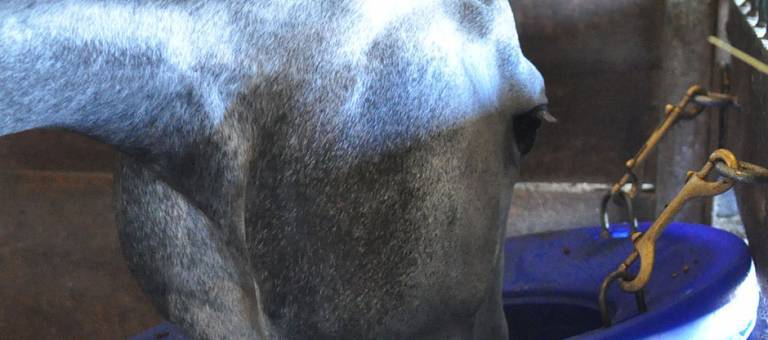
June 09, 2014
What’s the Scoop on Carbohydrates in Horse Feeds?
From a plant perspective, carbohydrates fall into three categories: simple sugars active in plant intermediary metabolism; storage compounds such

June 05, 2014
Processing Grain for Horse Feeds
The reason for processing or conditioning cereal grains for horses is to improve nutrient availability.
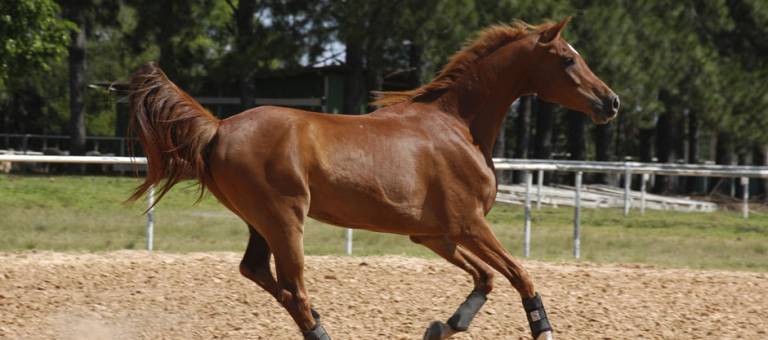
June 02, 2014
Studying Energy Metabolism in Exercising Horses
Although there is a substantial body of knowledge pertaining to the digestible energy requirements for working horses, the effects
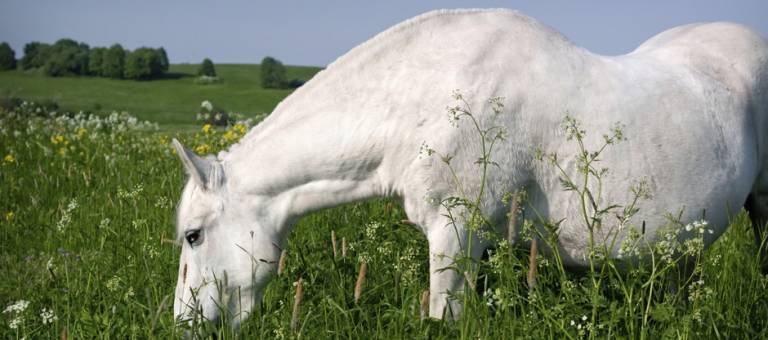
May 30, 2014
Understanding Fructans in Equine Diets
Unlike the relatively stable level of starch in a particular cereal grain, grass fructan levels are immensely variable, making up from
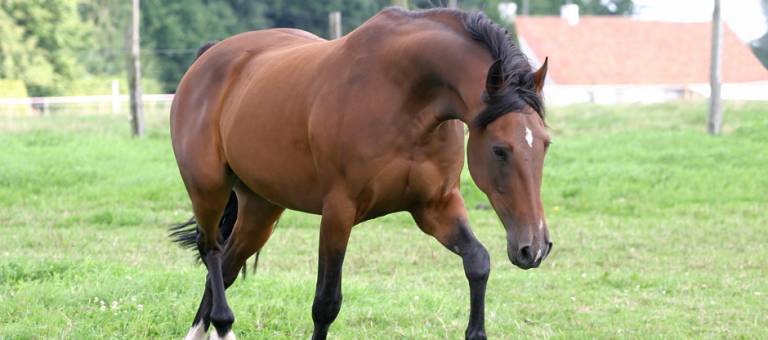
May 29, 2014
Selenium Sources and Utilization in Horses
The form of selenium and interrelationships with other dietary ingredients such as copper, sulfur, mercury, and arsenic can influence

